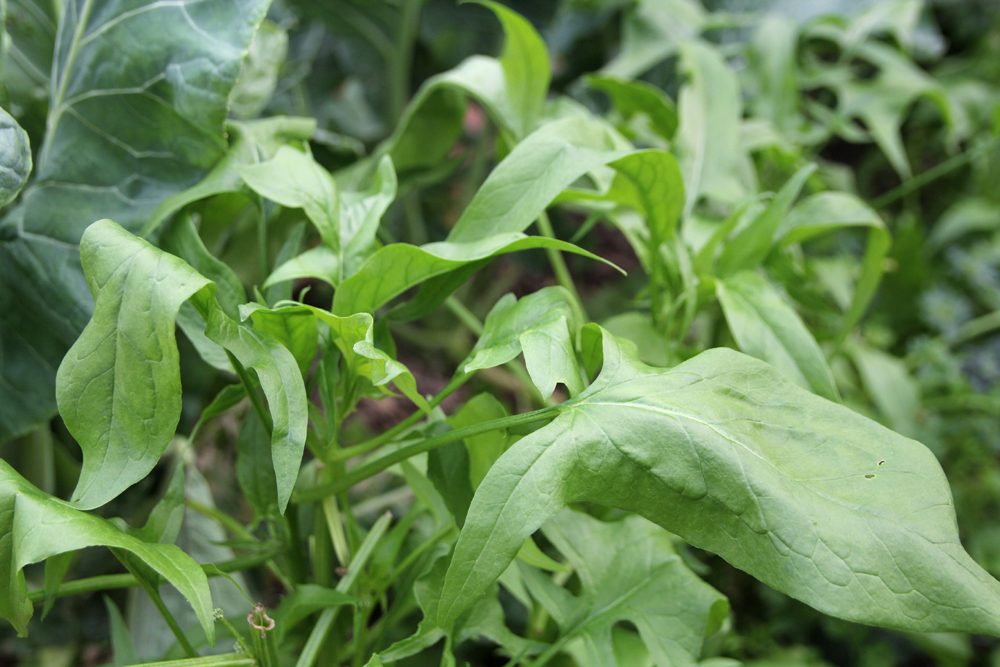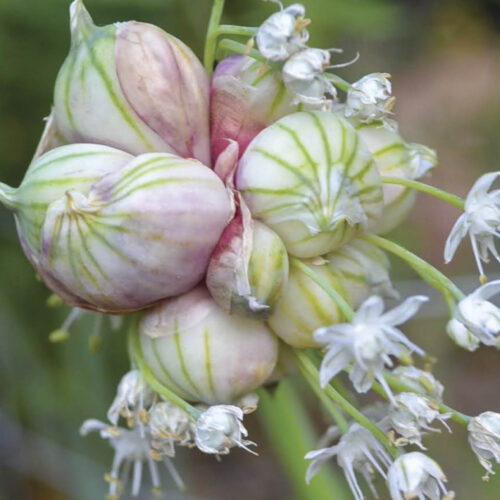Winter Spinach
2012-05-30T03:47:01+10:00
Spinach thrives in winter and provides a stream of nutritious leaves for months on end. JUSTIN RUSSELL gives the lowdown on a favourite cool season crop.
If any vegetable is synonymous with winter, it must be spinach. Not silverbeet, which is often called spinach despite being a leafier version of beetroot, but proper English spinach, Spinacea oleracea. Few plants are as hardy in cold weather, and only onion seed germinates as well in cold soil.
At the first hint of warm weather in spring, the plants tend to bolt rapidly to seed, so the best time to sow and grow spinach is now, as we head toward the winter solstice in mid-June. You can sow seed direct into the garden in any part of Australia except the tropics, which is generally too hot in winter to grow most spinach varieties.
Soil prep and sowing
A week or two prior to sowing, throw around a handful of garden lime per square metre if your garden soil is acidic, then follow this up with a handful of pelletised chook manure or blood and bone the day before sowing. If it’s dry, give the bed a decent watering. The following day you can sow. Make a shallow drill with a tomato stake, scatter the prickly seed reasonably well spaced along the row, backfill, and water lightly a second time. You shouldn’t need to add much more moisture thereafter unless the weather turns warm and dry. Seedlings will appear within a fortnight, after which time they can be encouraged along with a very dilute (no more than a capful per 9L watering can) of fish emulsion per week.
Harvesting
Harvesting can begin as soon as the seedlings are about 10cm tall. Baby spinach is all the rage these days, so you can pick the young leaves while very tender, or better still grow a tender variety. ‘Galilee’ is my new favourite. It produces a mass of lime green leaves shaped like an arrow, and has the distinction of being so tender that the leaves can be used in the most delicate of salads. Galilee is also heat resistant, making it less likely to bolt in our unpredictable weather.
Standard old varieties such as ‘Bloomsdale’, ‘English Giant’ and ‘Amsterdam’ also make superb eating, but tend to have thicker leaves when mature and benefit from being cooked. The trick when cooking is not to overdo it. Don’t do what our grandmothers did and boil spinach until it resembles green slime. Be gentle. Just lightly toss spinach leaves in olive oil (ideally with some garlic and squeeze of lemon juice!) or wilt the leaves into a stir fry or pasta sauce at the last minute. Yum.






